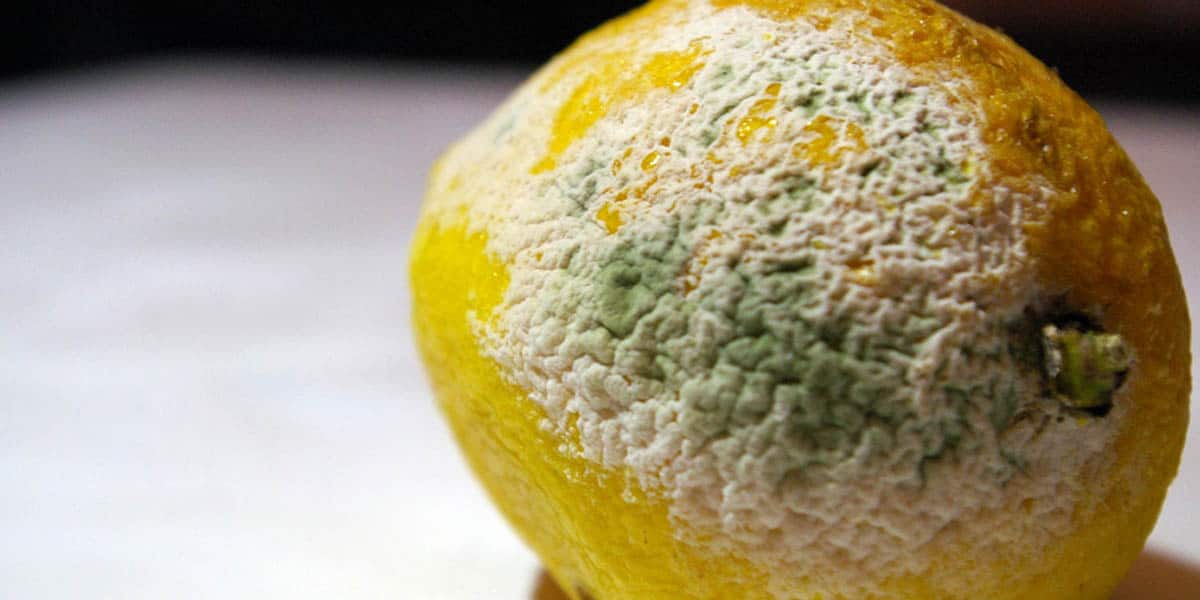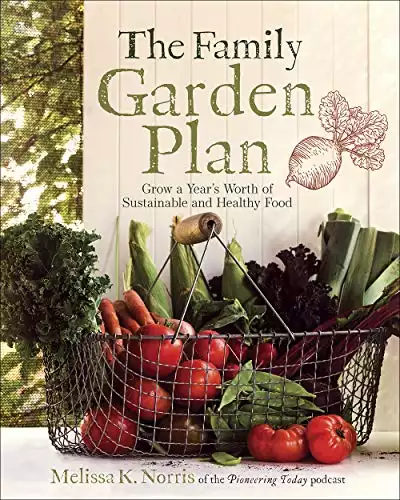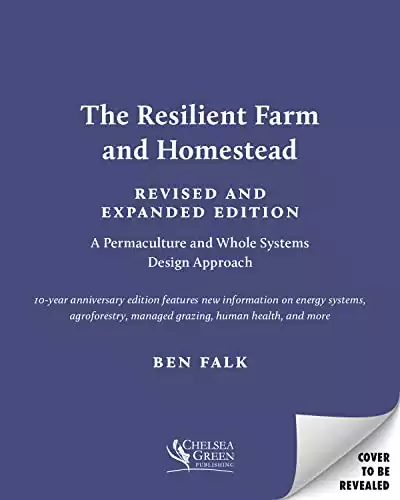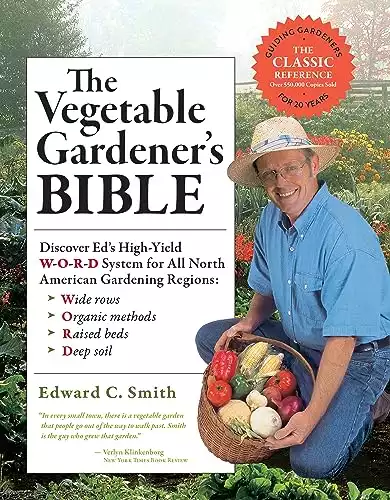Advertisement
Estimated reading time: 18 minutes
If you had one year before you knew everything was going to fall apart, how would you address your food supply situation? Would you jump up and run to the store to buy a bunch of canned goods or maybe you would purchase several emergency food buckets?
Neither of those are bad options but two problems arise. You can probably only buy so much food and eventually that food will run out. At the point when you need more food, buying it may not be an option. You need a source of sustainable food and you need it now.
Article continues below.
It’s time to put on some work gloves and find your green thumb because today we are going to discuss setting up a survival garden quickly.
Want to save this post for later? Click Here to Pin It On Pinterest!
Survival Garden 101
Before you even stick a shovel into the ground there are a few things to keep in mind that will help you get off to a good start and have a successful food supply.
Investment
Unless you already have some of the tools and supplies associated with gardening, there is going to be a bit of an upfront investment. Like any project or hobby, the sky’s the limit in terms of what you can spend, but gardening in itself doesn’t have to be expensive. Just remember, what resources you put into a food garden now, will pay huge dividends down the road.
Work and Time
A garden will require your time and energy to set up and maintain. The key, however, is consistency. If you remain disciplined about tending to a garden every single day then you will avoid having to spend hours at a time on one specific task, such as weeding.
Timing
The timing of planting and harvesting is something you also need to be aware of. Dropping some seeds into the ground isn’t going to provide food in a few days. Anything of substance is going to take almost 60 days or more to grow. This is why it is so important to lay down the foundation of a garden long before your main supply of food runs out.
Available space
Before buying any tools or supplies, take a look around your property and figure out the space you have available for gardening. This includes the back, sides, and front of your home. If you have zero outdoor space, you can still have a garden but will have to opt for growing indoors. Keep a sharp eye and utilize any available space.
For more information on garden space-saving tips, click here.
Preservation
It’s important to have methods of preserving…

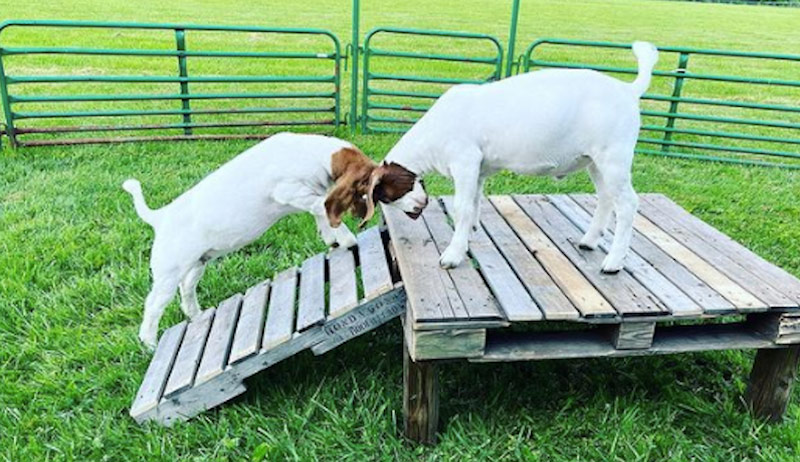
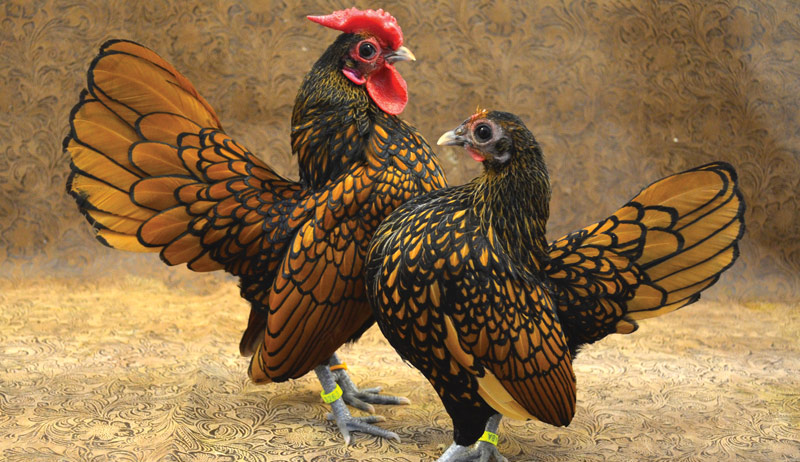

 Courtesy of Greenfire Farms
Courtesy of Greenfire Farms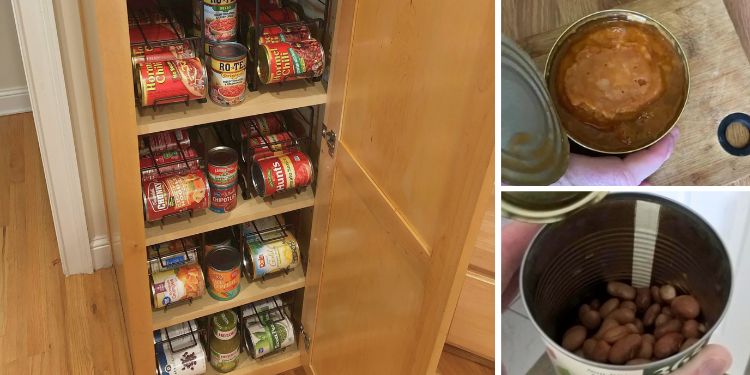
 Most cans of meat or vegetables can be bought for only a couple of dollars, if not even less. You can buy large quantities of cans and accumulate a decent supply of food without spending a fortune.
Most cans of meat or vegetables can be bought for only a couple of dollars, if not even less. You can buy large quantities of cans and accumulate a decent supply of food without spending a fortune.
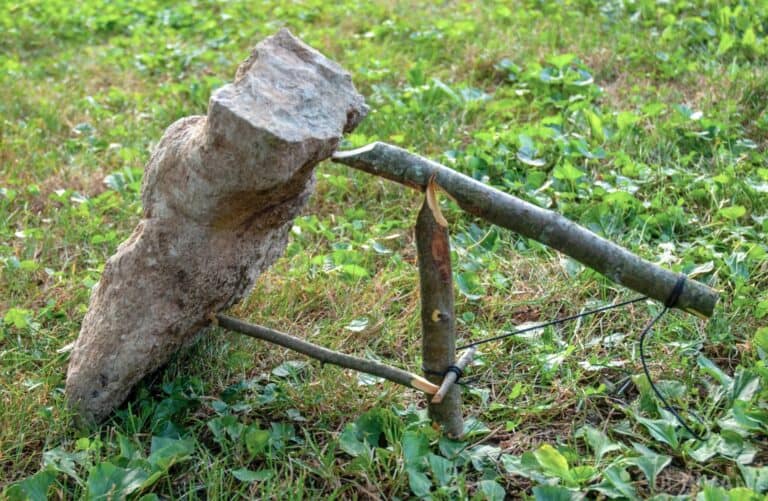 a Paiute deadfall trap
a Paiute deadfall trap 


